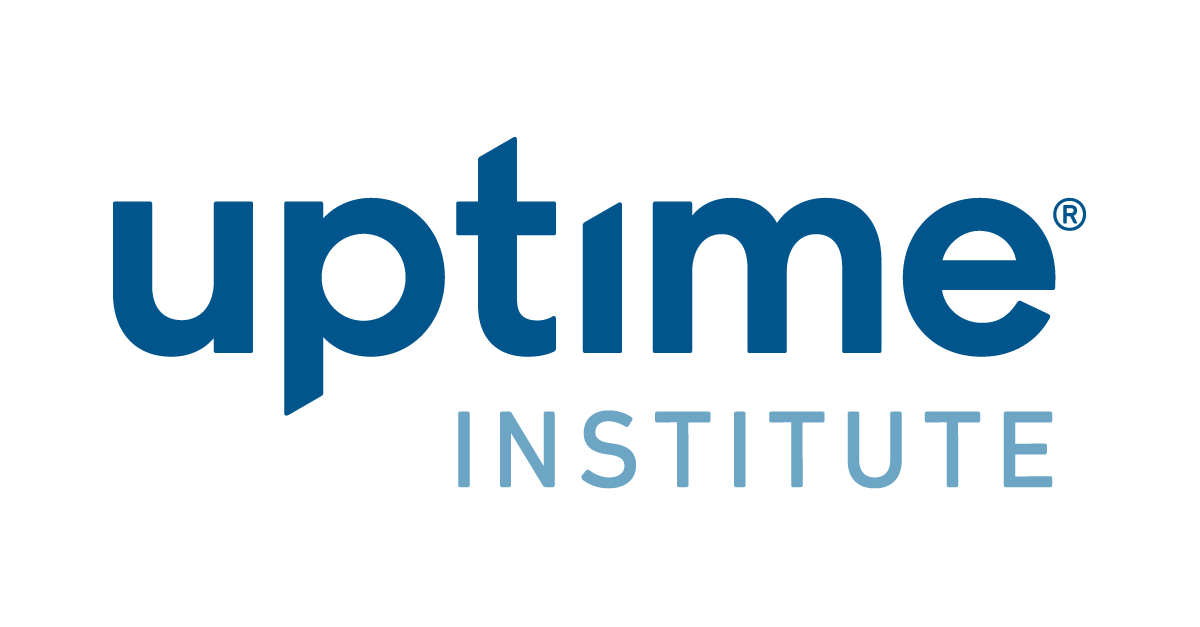Turkey’s authorities are working on possible relief measures for banks caught between a currency crash and existing capital requirements, including a potential capital injection for state banks, according to three sources familiar with discussions.
The Banking Regulation and Supervision Agency (BDDK) is considering adding more flexibility around the capital adequacy ratio (CAR), which is high relative to global peers at 12 percent, said two banking sources close to the matter.
For the latest headlines, follow our Google News channel online or via the app.
For public lenders – which analysts say face the most stress – a planned capital infusion should ease CAR pressure, though it was unclear how much would be needed given the rapid currency sell-off, said a banker and a senior economy official.
The BDDK’s plan is not finalized, the sources said, requesting anonymity.
The BDDK and Ministry of Finance were not immediately available to comment. Ziraat Bank declined to comment, while the other two big state lenders – Vakif Bank and Halk Bank – were not immediately available.
The moves are meant to stabilize banks and position state lenders especially to boost lending in line with a series of unorthodox interest-rate cuts by the central bank that triggered the currency sell-off.
Despite widespread criticism from economists and opposition lawmakers, President Recep Tayyip Erdogan has pressed for the monetary easing to boost credit, exports and growth ahead of elections in 2023.
The lira has lost 55 percent of its value against the dollar this year, including nearly 40 percent in the last month alone. The sharp depreciation has sent the lira-equivalent value of foreign currency loans soaring, putting pressure on CARs, which are measured in local currency.
Focus on state lenders
Analysts have warned that strains have grown in the banking sector, in which state players have become more dominant in recent years.
“Turkish banks will face higher pressure on capital (and) public banks will suffer the most,” said Regina Argenio, director of financial institutions ratings in the region at S&P Global Ratings.
“When we start to consider the impact of the lira depreciation and the impact of the asset deterioration the ratio looks much weaker than what it looks like initially,” she said in a webcast on Thursday.
Still, Argenio said, forbearance in the calculation of the CAR means past foreign-exchange rates can be used, which would delay the impact of the recent lira sell-off.
BDDK data from before the sell-off gained steam in October shows the sector’s CAR was 17 percent, and 15 percent for deposit-taking public banks.
“The planned capital injection will also relieve the capital adequacy ratio of public banks,” said one of the banking sources.
The senior economy official said the size of the third capital injection in three years for state banks was not yet clear.
“Each banks’ balance sheet will be examined to clarify their resources,” the official said. “After the capital support, public banks will be more active in offering loans … and will continue promoting growth and employment.”
Read more:
Protests in Istanbul, Ankara calling on Erdogan’s govt. to resign after lira crash
Turkey’s central bank slashes rates 100 points despite lira crash
Turkey's Erdogan says social media a ‘threat to democracy’

 World2 years ago
World2 years ago
 World2 years ago
World2 years ago
 Entertainment7 years ago
Entertainment7 years ago
 World7 years ago
World7 years ago
 Entertainment7 years ago
Entertainment7 years ago






